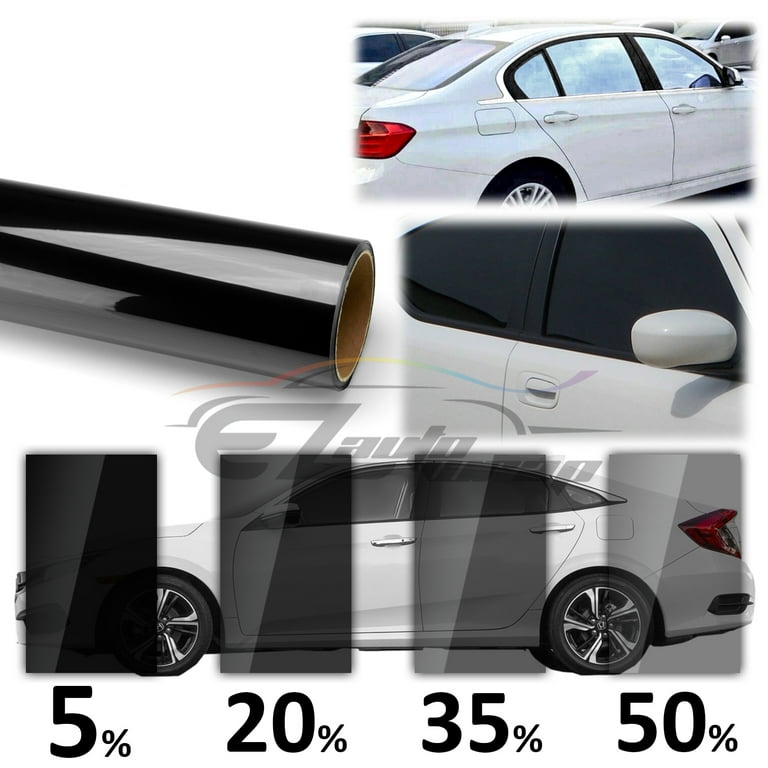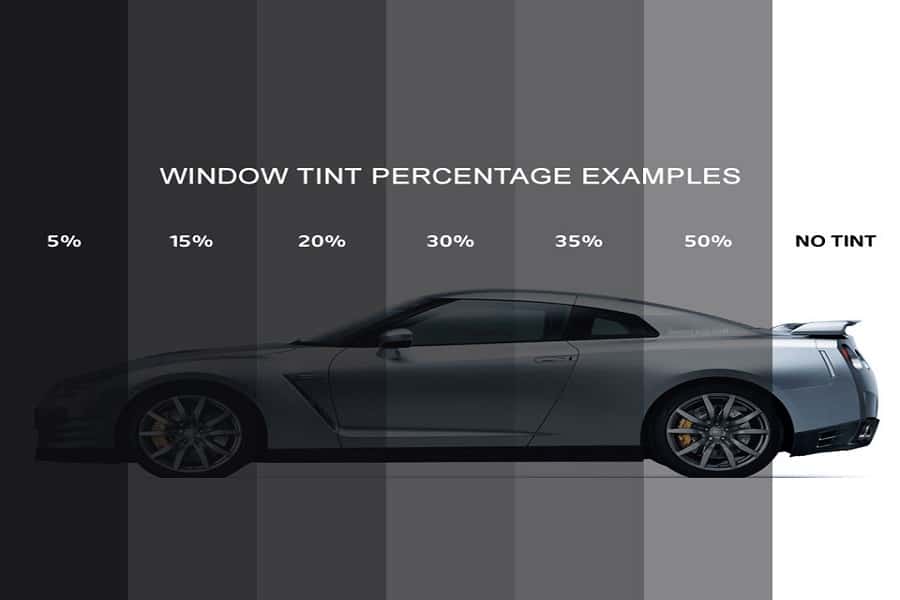Automobile Window Tinting: Tips for Keeping a Professional Complete
Wiki Article
Window Tinting Rules and Guidelines: What You Required to Know Before Tinting Your Car
Prior to proceeding with home window tinting for your car, it is necessary to familiarize yourself with the diverse laws and guidelines that regulate this technique throughout various states. These policies dictate the acceptable levels of tint darkness, usually determined by noticeable light transmission (VLT) percentages, and include particular stipulations for front windshields intended at ensuring roadway safety. Furthermore, specific jurisdictions might provide medical exceptions for individuals with certifying problems. Understanding these complexities can conserve you from possible lawful ramifications, but what are the particular policies in your state?Summary of Window Tinting Rules
Home window tinting laws are frequently subject to variant throughout various jurisdictions, mirroring neighborhood guidelines and safety considerations. These legislations determine the permissible levels of tint darkness and reflectiveness on automobile windows, guaranteeing that chauffeurs preserve appropriate visibility while also securing versus unsafe UV rays and warmth.A lot of policies classify window tinting based upon the Visible Light Transmission (VLT) percentage, which shows the amount of light that can go through the window. Typically, lower VLT percentages represent darker tints. Laws frequently distinguish in between the front, side, and back windows, with stricter constraints applied to the front windscreen to improve safety and security for both the chauffeur and various other road users.
Compliance with window tinting regulations is crucial, as violations can result in penalties, obligatory elimination of the color, and possible rises in insurance coverage premiums. It is important for vehicle owners to acquaint themselves with regional legislations before proceeding with window tinting setups.
State-by-State Tint Rules
Understanding the certain window tinting guidelines in each state is important for lorry proprietors seeking to abide with the legislation. Each state in the U.S. has established its own collection of policies governing window tinting, which can differ dramatically. These policies typically dictate the permitted degrees of tint darkness, the sorts of windows that can be tinted, and any clinical exceptions that may use.For example, states like California have strict constraints on tint darkness for front home windows, while others, such as New Mexico, might allow darker colors. Additionally, particular states mandate specific exposure portions for numerous home windows, including the windshield, front side home windows, and rear windows. It is vital for automobile owners to acquaint themselves with their state's laws to avoid prospective penalties or charges.
Additionally, some states might need a qualification sticker label to be positioned on tinted home windows, showing conformity with state legislations. Failure to follow these regulations not just takes the chance of lawful consequences but can additionally affect safety and security and exposure while driving. Automobile proprietors should conduct detailed research study or speak with local authorities to guarantee full understanding and compliance with state-by-state tint guidelines.
Allowed Color Levels and Types
Numerous vehicle proprietors might be amazed to learn that allowed color levels and types differ widely across various states. Each state has actually developed its very own regulations pertaining to the permitted darkness and reflectivity of home window color, frequently gauged by Visible Light Transmission (VLT) portions. VLT describes the amount of light that can travel through the colored home windows; therefore, a reduced percent shows a darker color.
Moreover, the sorts of color materials enabled can differ, with some states prohibiting mirror-like or metal surfaces. It is necessary for car owners to acquaint themselves with their state's certain regulations to guarantee compliance. Non-compliance can cause fines, mandatory elimination of the tint, or various other legal consequences, making it vital to comprehend these guidelines prior to waging installment.
Medical Exemptions for Tinting
While not all states supply allowances for clinical exceptions relating to window tinting, those that do identify the need for certain people to boost exposure and convenience as a result of medical problems. Various medical problems, such as lupus, skin cancer, and particular eye problems, can make individuals especially conscious sunshine. These individuals may require darker colors to shield themselves from harmful UV rays and glow.
It is essential to keep in mind that despite having a medical exemption, there might still be limitations on the degree of color allowed. Compliance with state legislations ensures that individuals are both protected and within lawful limitations. Those thinking about clinical exceptions must call their regional read this Department of Motor Vehicles or equivalent authority to comprehend the treatments and requirements essential to look for an exception efficiently.
Penalties for Non-Compliance
Stopping working to abide by home window tinting legislations can result in considerable penalties, which vary by state. Police are encouraged to release citations for vehicles that do not stick to the specified tinting laws. These fines generally include penalties, which can vary from small quantities to a number here of hundred bucks, depending upon the intensity of the violation and the state concerned.In some territories, repeated offenses may lead to escalating fines or extra penalties, such as obligatory court appearances. Additionally, non-compliance might require the elimination of unlawful tinting, commonly at the proprietor's expense. In severe instances, regular wrongdoers may encounter suspension of their lorry enrollment till compliance is achieved.
Furthermore, insurance policy ramifications may develop from getting numerous citations for home window tint infractions. Insurance providers might watch such offenses as a sign of riskier actions, potentially bring about enhanced premiums or difficulty in coverage.
To avoid these penalties, it is vital for car owners to acquaint themselves with their local home window tinting legislations and make certain that their car complies (Window Tinting). This aggressive method not just avoids lawful implications yet additionally advertises road safety and security
Final Thought

Most laws classify window tinting based on the Visible Light Transmission (VLT) percent, which shows the quantity of light that can pass through the home window. Compliance with home window tinting laws is critical, as violations can result in penalties, required elimination of the tint, and possible rises in insurance costs.Recognizing the details window tinting regulations in each state is crucial for vehicle owners seeking to abide with the legislation. These policies commonly determine the allowable degrees of tint darkness, the types of home windows that can be tinted, and any kind of clinical exceptions that might use.
For circumstances, states like The golden state have stringent restrictions on color darkness for front home windows, while others, such as New Mexico, may allow darker colors.
Report this wiki page